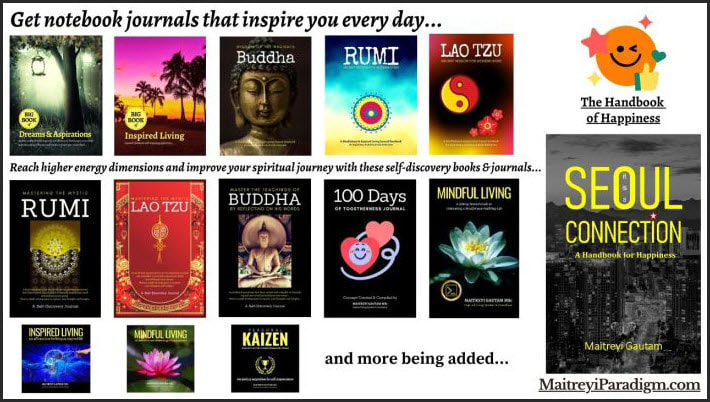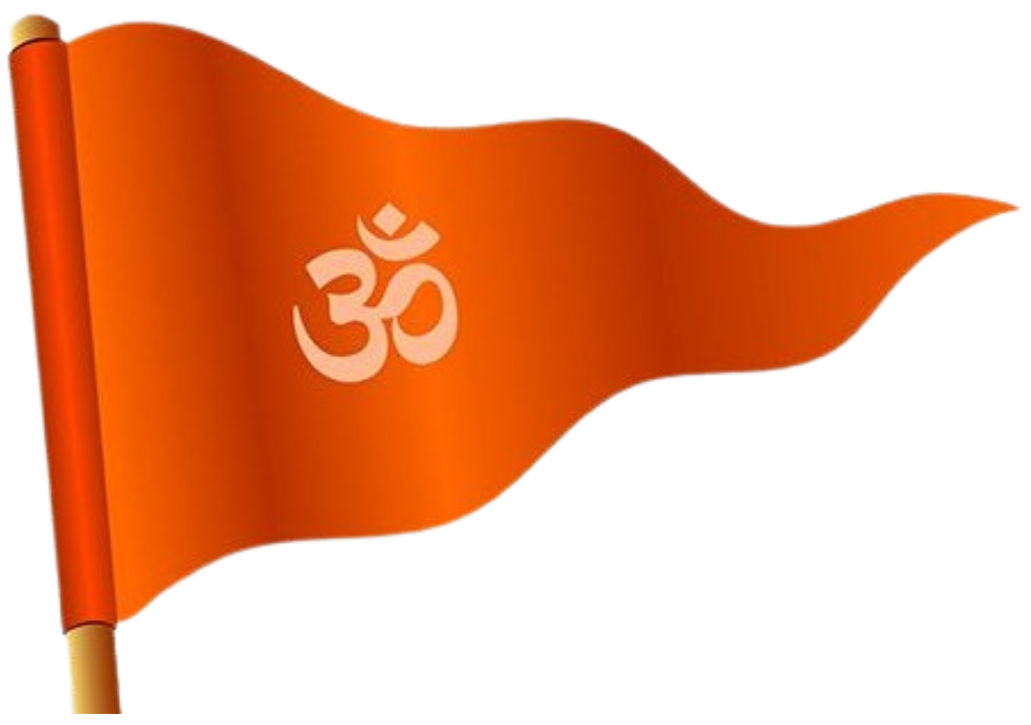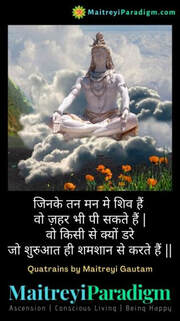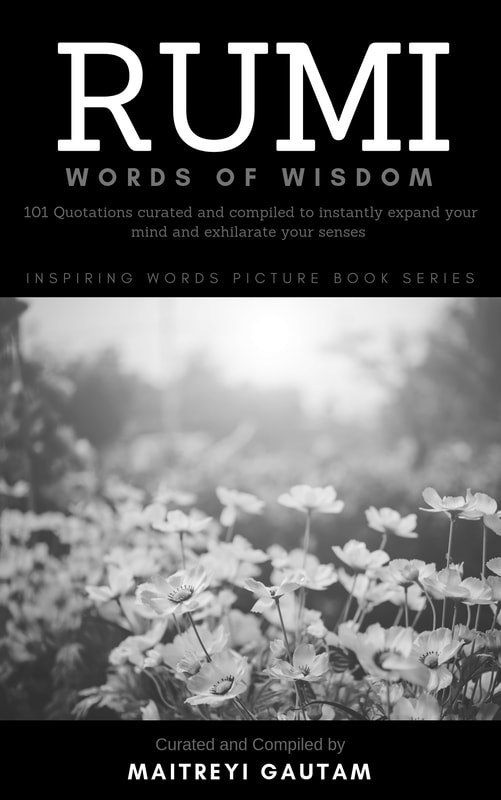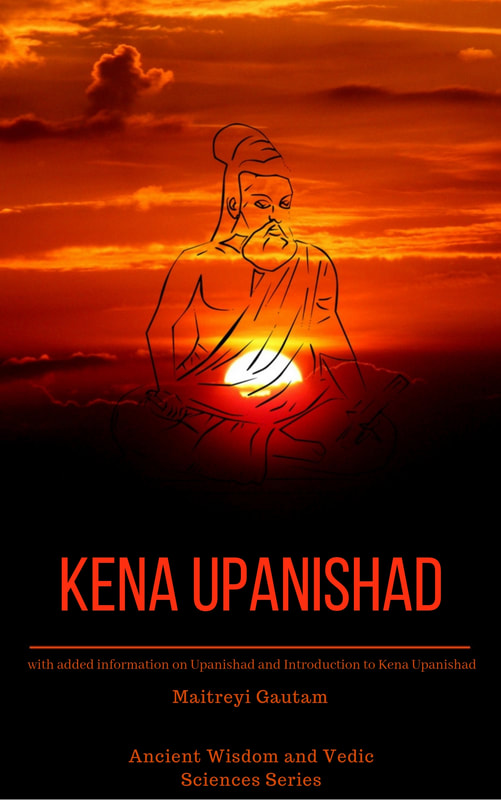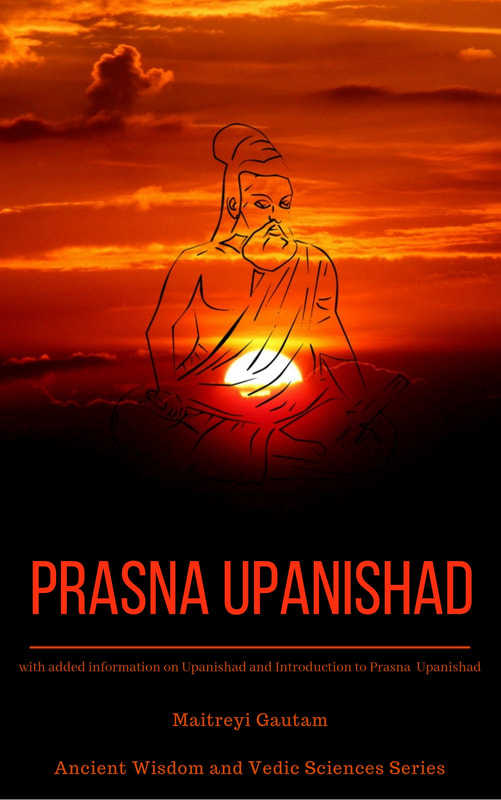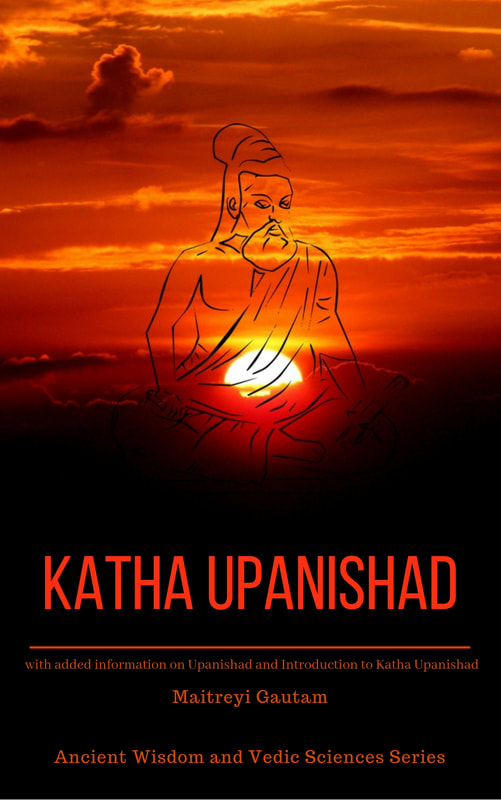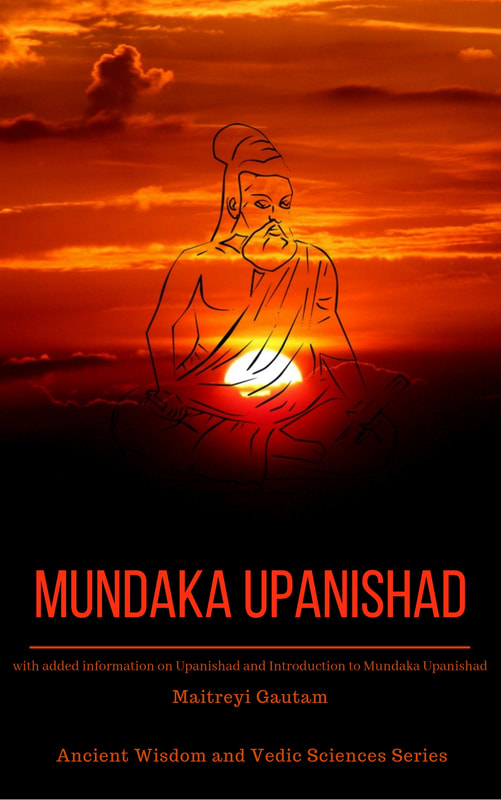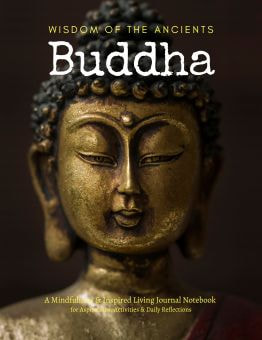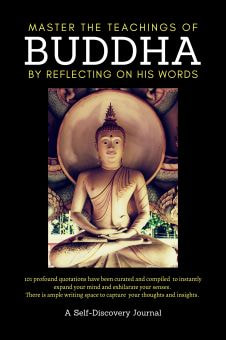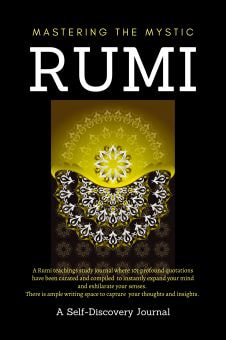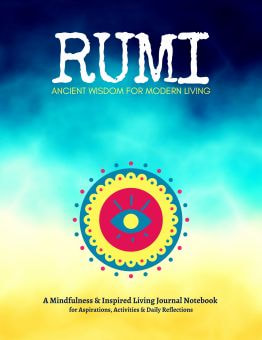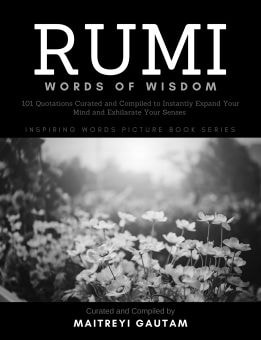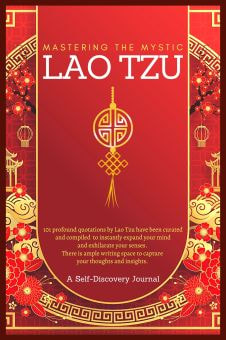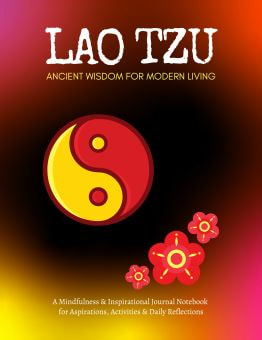| Kuchipudi, one of the eight classical dance forms of India, is an enchanting and elegant art form that hails from the southern state of Andhra Pradesh. With its roots in ancient Indian dance and drama traditions, Kuchipudi has evolved over centuries into a mesmerizing dance form that seamlessly blends storytelling, rhythm, and expression. It is named after the village of Kuchipudi, where this dance form was nurtured and perfected by generations of dedicated artists. | |
Origins
The origins of Kuchipudi can be traced back to the Natya Shastra, an ancient treatise on performing arts written by the sage Bharata Muni. Kuchipudi was initially performed as a dance-drama, known as Yakshagana, with an all-male cast enacting stories from Indian epics and mythology through dance, music, and theater.
Over time, the dance form evolved to include female dancers, and it gradually transformed into a solo dance form that retained its emphasis on storytelling and character portrayal.
Over time, the dance form evolved to include female dancers, and it gradually transformed into a solo dance form that retained its emphasis on storytelling and character portrayal.
Method & Characteristics
Kuchipudi is characterized by its fluid and graceful movements, combined with intricate footwork and expressive gestures. The dance form places significant emphasis on the use of facial expressions, or abhinaya, to convey emotions and bring the characters to life. Kuchipudi dancers use their eyes, eyebrows, and facial muscles to express a wide range of emotions, making the dance a truly captivating experience for the audience.
One of the unique features of Kuchipudi is the use of rhythmic footwork patterns, or jatis, which are executed with precision and grace. Dancers wear ankle bells, or ghungroos, to accentuate the complex rhythms created by their footwork. Another distinctive aspect of Kuchipudi is the Tarangam, a challenging piece in which the dancer balances on the rim of a brass plate while performing intricate footwork and executing complicated hand gestures.
The music that accompanies Kuchipudi is typically in the Carnatic style, with traditional instruments such as the mridangam, violin, veena, and flute providing the melodic and rhythmic foundation for the dance. Vocal music also plays a crucial role in Kuchipudi, with singers narrating the story and describing the emotions of the characters through song.
Kuchipudi has undergone a remarkable transformation over the years, with contemporary dancers and choreographers constantly exploring new possibilities and pushing the boundaries of the art form.
Today, Kuchipudi enjoys a prominent place in the world of Indian classical dance, with renowned artists and dance institutions working tirelessly to preserve, promote, and innovate this rich and vibrant tradition.
One of the unique features of Kuchipudi is the use of rhythmic footwork patterns, or jatis, which are executed with precision and grace. Dancers wear ankle bells, or ghungroos, to accentuate the complex rhythms created by their footwork. Another distinctive aspect of Kuchipudi is the Tarangam, a challenging piece in which the dancer balances on the rim of a brass plate while performing intricate footwork and executing complicated hand gestures.
The music that accompanies Kuchipudi is typically in the Carnatic style, with traditional instruments such as the mridangam, violin, veena, and flute providing the melodic and rhythmic foundation for the dance. Vocal music also plays a crucial role in Kuchipudi, with singers narrating the story and describing the emotions of the characters through song.
Kuchipudi has undergone a remarkable transformation over the years, with contemporary dancers and choreographers constantly exploring new possibilities and pushing the boundaries of the art form.
Today, Kuchipudi enjoys a prominent place in the world of Indian classical dance, with renowned artists and dance institutions working tirelessly to preserve, promote, and innovate this rich and vibrant tradition.
In Essence
In essence, Kuchipudi is a captivating dance form that celebrates the beauty of storytelling, rhythm, and expression.
Its unique blend of grace and dynamism continues to enthrall audiences across the globe, making Kuchipudi a cherished symbol of India's rich cultural heritage.
Its unique blend of grace and dynamism continues to enthrall audiences across the globe, making Kuchipudi a cherished symbol of India's rich cultural heritage.

